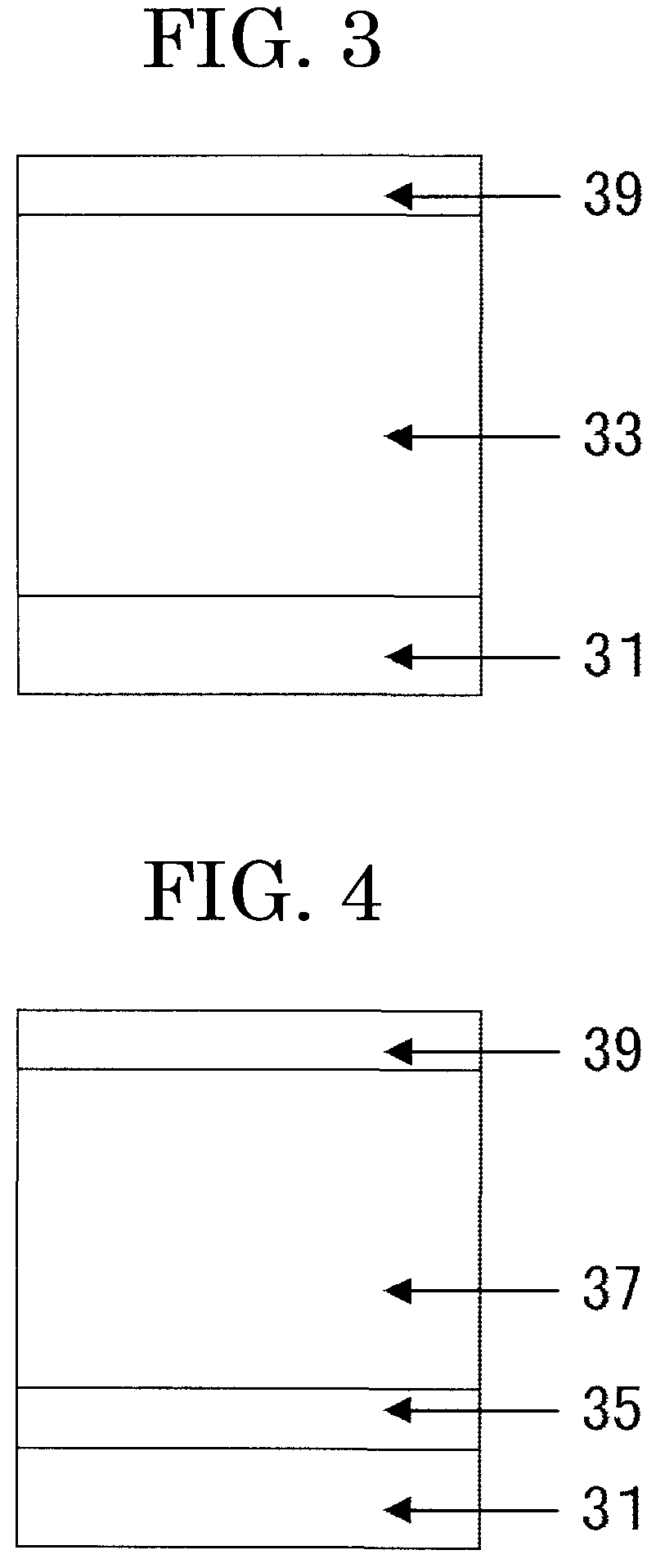Naphthalenetetracarboxylic acid diimide derivative and electrophotographic photoconductor having the same
- Summary
- Abstract
- Description
- Claims
- Application Information
AI Technical Summary
Benefits of technology
Problems solved by technology
Method used
Image
Examples
example 1
(Production of Monoimide Compound)
[0210]Naphthalene-1,4,5,8-tetracarboxylic dianhydride (product of TOKYO CHEMICAL INDUSTRY CO., LTD.) (5.36 g, 20.0 mmol), N,N-dimethylformamide (30 mL) and acetic acid (3 mL) were added to a flask, followed by refluxing. A solution of 2-heptylamine (2.42 g, 21.0 mmol) in N,N-dimethylformamide (6 mL) was added dropwise to the resultant mixture under stirring for about two hours. Further, the mixture was allowed to react for five hours under refluxing. After cooling, the solvent was evaporated under reduced pressure. Toluene was added to the residue and insoluble matter was removed by filtration. The filtrate was purified by silica gel chromatography, followed by recrystallization from cyclohexane / toluene, to thereby yield 3.02 g of a monoimide compound represented by the following structural formula (i) (yield: 41.3%). The melting point of the compound was found to be 149.0° C. to 150.0° C.
[0211]The above compound was subjected to elemental analysis....
example 2
(Production of Compound No. 30)
[0215]A part (1.83 g, 5.00 mmol) of the monoimide compound obtained in Example 1 was added to N,N-dimethylformamide (15 mL). 1,1-Dibenzylhydrazine (product of TOKYO CHEMICAL INDUSTRY CO., LTD.) (1.06 g, 5.00 mmol) was added to the mixture, followed by stirring under a stream of argon at 60° C. for 3.5 hours. The solvent (N,N′-dimethylformamide) was evaporated under reduced pressure, to thereby form red crystals. The crystals were purified using a silica gel column (eluent: toluene / ethyl acetate (30 / 1 vol.)). The obtained tango crystals were recrystallized from ethyl acetate / ethanol. The obtained crystals were dried by a dryer in which heating is performed under reduced pressure, to thereby yield 2.21 g of Compound No. 30 represented by the following structural formula (iii) in the form of yellow needles (yield: 78.9%). The melting point of this compound was found to be 147.0° C. to 148.0° C.
[0216]The obtained compound was subjected to elemental analysi...
examples 3 to 21
[0217]Similar to Examples 1 and 2, compounds corresponding to Examples 3 to 21 were produced and analyzed. The results are shown in Tables 9-1 and 9-2.
TABLE 9-1Elemental Analysis (%)Ex.Yieldm.p.Found (Calcd.)No.Structural formula(%)(° C.)CHN380.9148.0-149.068.00(67.80)6.21(6.18)10.28(10.31)478.9207.5-208.566.54(66.48)5.62(5.58)11.03(11.08)578.3211.5-212.071.66(71.62)5.90(5.80) 9.00 (8.95)667.2162.0-164.071.48(71.62)5.76(5.80) 8.96 (8.95)768.2130.5-131.572.01(72.03)5.99(6.04) 8.79 (8.69)867.4159.0-161.071.08(72.03)6.03(6.04) 8.58 (8.69)957.5203.5-204.571.10(71.19)5.44(5.53) 9.11 (9.22)1075.2amorphouscrystals74.61(74.56)5.45(5.50) 7.88 (7.90)
TABLE 9-2Elemental Analysis (%)Ex.Yieldm.p.Found (Calcd.)No.Structural formula(%)(° C.)CHN1185.7amorphouscrystals74.49(74.56)5.30(5.50) 7.96 (7.90)1272.6197.0-198.073.74(73.94)4.96(5.00) 8.27 (8.34)1372.4amorphouscrystals73.89(73.94)4.98(5.00) 8.29 (8.34)1480.0195.5-196.575.01(75.11)5.92(5.94) 7.47 (7.51)1553.5131.0-133.074.66(74.84)5.69(5.73) 7.8...
PUM
 Login to View More
Login to View More Abstract
Description
Claims
Application Information
 Login to View More
Login to View More - R&D
- Intellectual Property
- Life Sciences
- Materials
- Tech Scout
- Unparalleled Data Quality
- Higher Quality Content
- 60% Fewer Hallucinations
Browse by: Latest US Patents, China's latest patents, Technical Efficacy Thesaurus, Application Domain, Technology Topic, Popular Technical Reports.
© 2025 PatSnap. All rights reserved.Legal|Privacy policy|Modern Slavery Act Transparency Statement|Sitemap|About US| Contact US: help@patsnap.com



